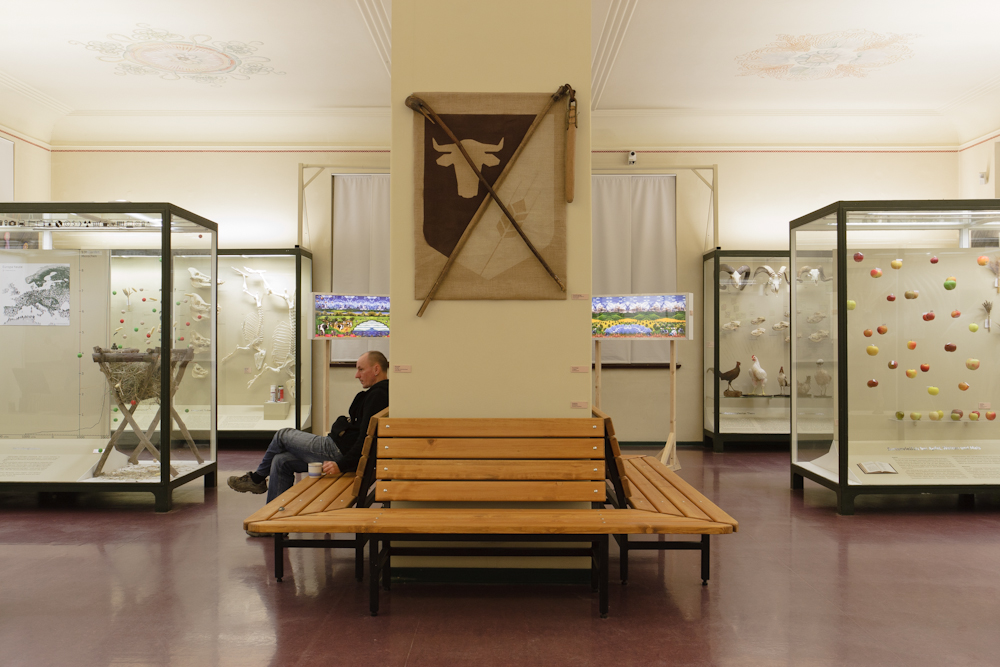Felixsattler (talk | contribs) (Created page with "File:felixsattler_domestikation_01.jpg File:felixsattler_domestikation_02.jpg File:felixsattler_domestikation_03.jpg File:felixsattler_domestikation_04.jpg [[File...") |
Felixsattler (talk | contribs) No edit summary |
||
| Line 1: | Line 1: | ||
''Designers’ notes'':<br> | |||
'''Village Square''': Much of the team's research into the history of domestication relied on Jared Diamond's book ''Guns, Germs, and Steel" that showed how plant and animal domestication were crucial to the establishment of sedentary lifestyles. Hence, we got the idea to create the impression of a central "village square", with a bench around the column and a fictional village's coat of arms as key scenographic elements of the exhibition.<br> | |||
'''Logo''': The tools used in the design of the logo, crook (sheperd's staff) and flail, have been ancient insignia of both political and clerical power dating back to the age of Egyptian pharaos. Moreover, the Bible's First Book of Moses (Genesis), Chapter 4 introduces the brothers Cain and Abel as the first farmers, hence the biblical beginning of civilization is linked with plant and animal domestication: ''And Abel was a keeper of sheep, but Cain was a tiller of the ground.'' | |||
We found it made sense to show our coat of arms together with the Book of Moses quote to demonstrate the effect and importance of domestication not only for plant and animal evolution and diversity but also for cultural history and the evolution of political, social and religious systems. It also seemed a good joke to have a Bible quote in the "Medusensaal", right in the old sanctum of the evolution biologist and declared "Anti-Pope" Ernst Haeckel. | |||
[[File:felixsattler_domestikation_01.jpg]] | [[File:felixsattler_domestikation_01.jpg]] | ||
The Phyletisches Museum's "Medusensaal" special exhibition area showing the Domestikation exhibition. | |||
The exhibition logo on and the "village square" bench around the central column were designed by Elisabeth Kaufmann, Felix Sattler (both: idea, concept) and Konrad Angermüller (graphic design). | |||
[[File:felixsattler_domestikation_02.jpg]] | [[File:felixsattler_domestikation_02.jpg]] | ||
[[File:felixsattler_domestikation_03.jpg]] | [[File:felixsattler_domestikation_03.jpg]] | ||
Revision as of 18:56, 2 December 2010
Designers’ notes:
Village Square: Much of the team's research into the history of domestication relied on Jared Diamond's book Guns, Germs, and Steel" that showed how plant and animal domestication were crucial to the establishment of sedentary lifestyles. Hence, we got the idea to create the impression of a central "village square", with a bench around the column and a fictional village's coat of arms as key scenographic elements of the exhibition.
Logo: The tools used in the design of the logo, crook (sheperd's staff) and flail, have been ancient insignia of both political and clerical power dating back to the age of Egyptian pharaos. Moreover, the Bible's First Book of Moses (Genesis), Chapter 4 introduces the brothers Cain and Abel as the first farmers, hence the biblical beginning of civilization is linked with plant and animal domestication: And Abel was a keeper of sheep, but Cain was a tiller of the ground.
We found it made sense to show our coat of arms together with the Book of Moses quote to demonstrate the effect and importance of domestication not only for plant and animal evolution and diversity but also for cultural history and the evolution of political, social and religious systems. It also seemed a good joke to have a Bible quote in the "Medusensaal", right in the old sanctum of the evolution biologist and declared "Anti-Pope" Ernst Haeckel.
The Phyletisches Museum's "Medusensaal" special exhibition area showing the Domestikation exhibition.
The exhibition logo on and the "village square" bench around the central column were designed by Elisabeth Kaufmann, Felix Sattler (both: idea, concept) and Konrad Angermüller (graphic design).


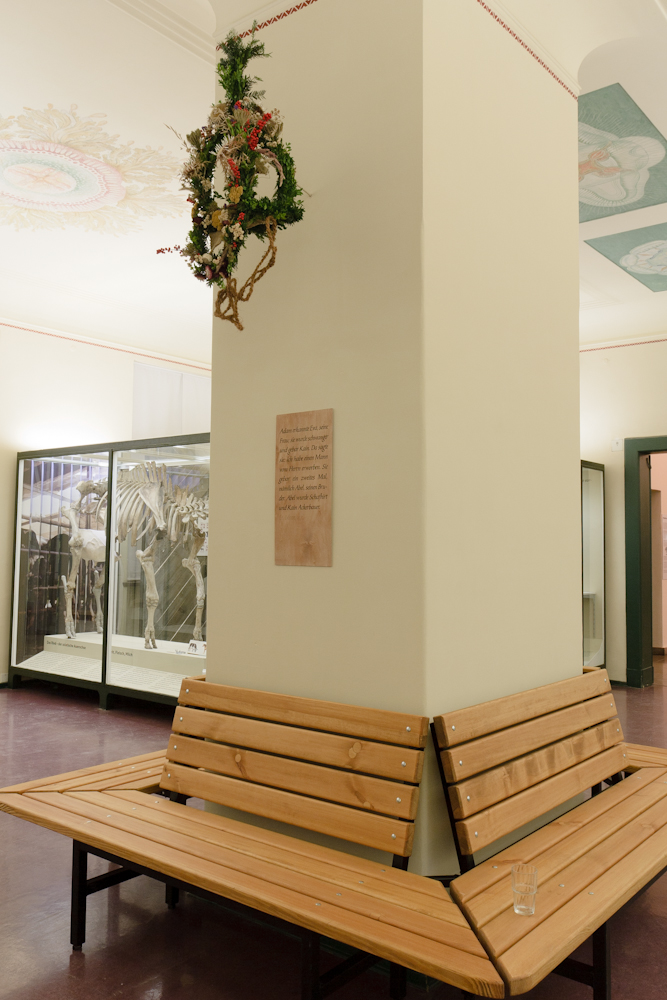
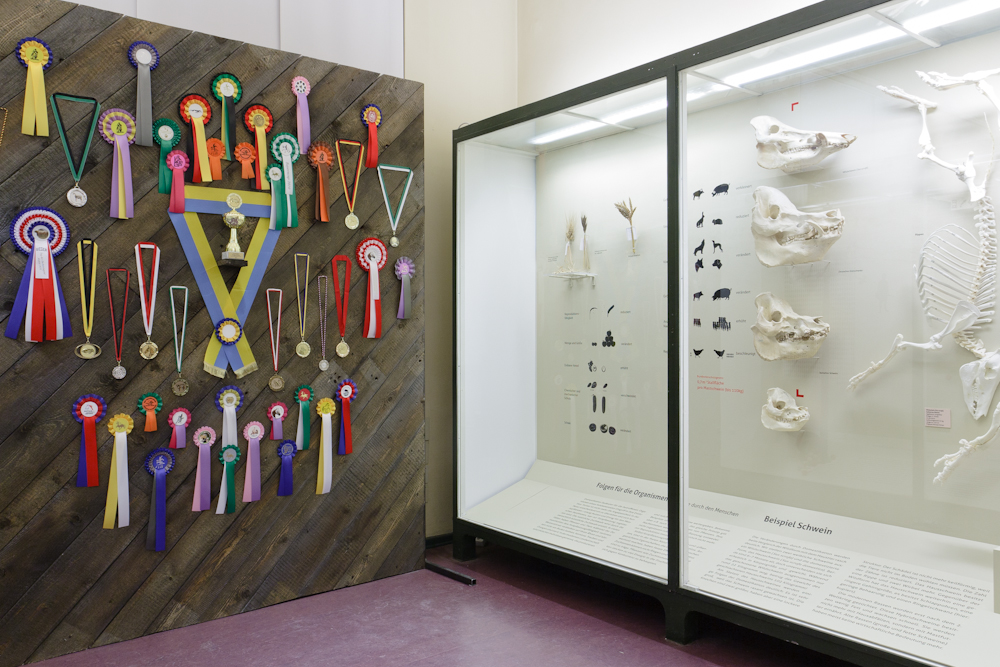
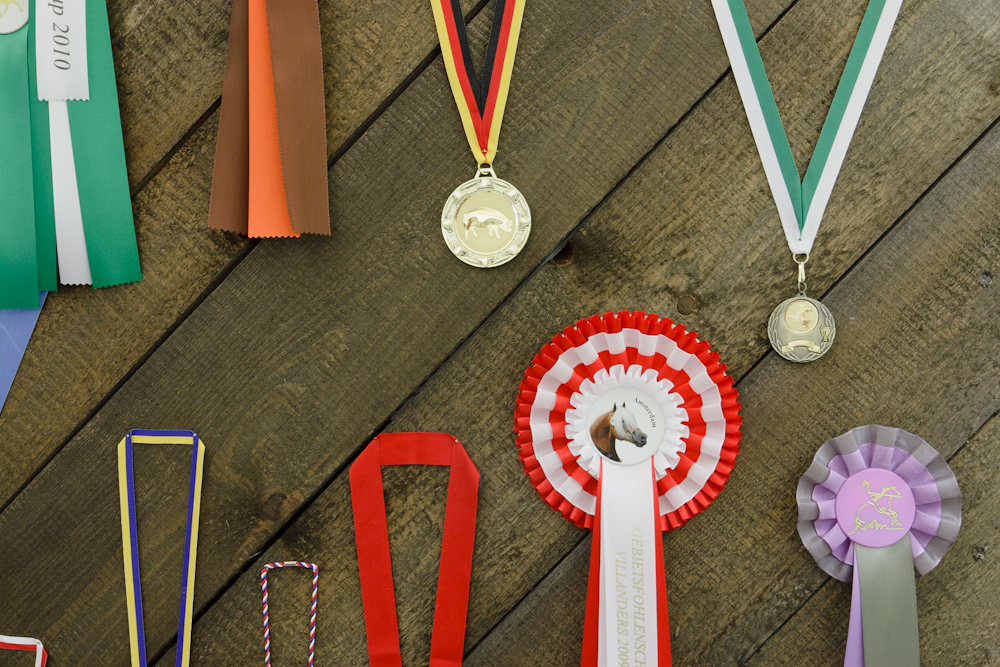
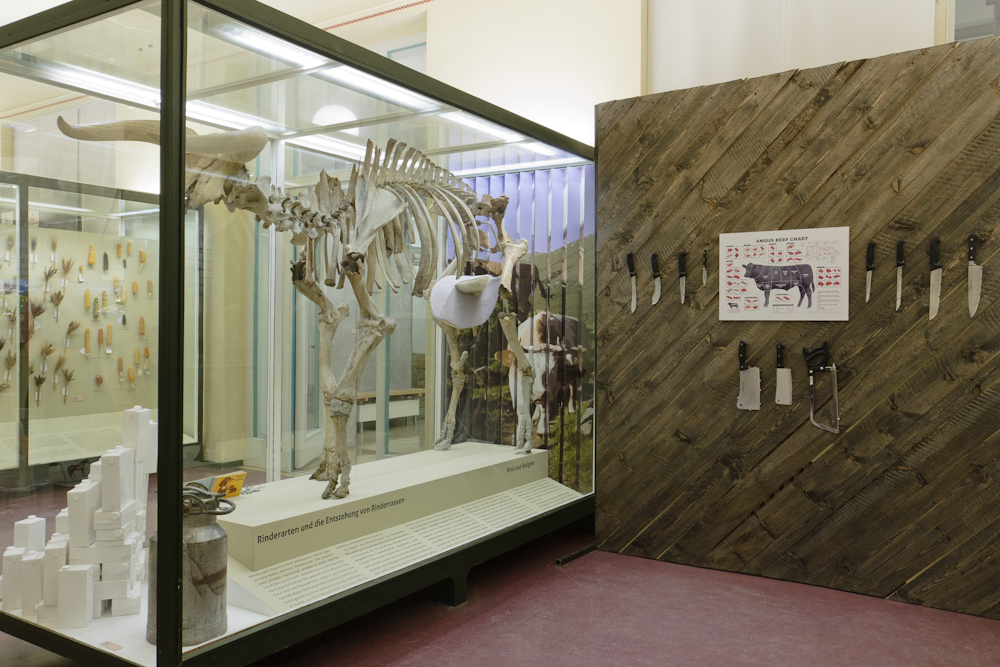
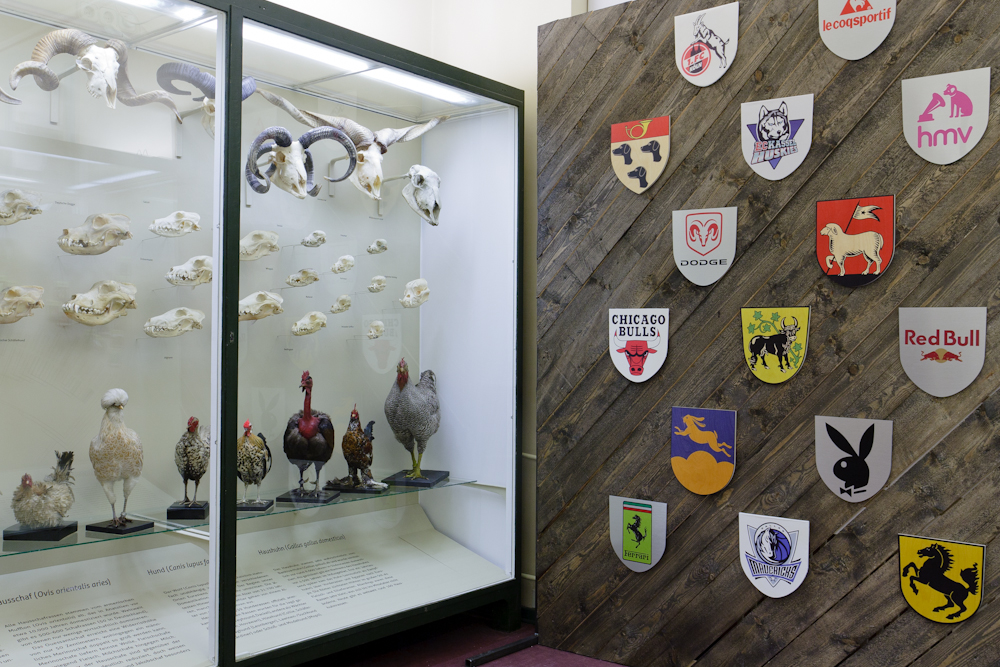 File:Felixsattler domestikation 09.jpg
File:Felixsattler domestikation 10.jpg
File:Felixsattler domestikation 09.jpg
File:Felixsattler domestikation 10.jpg
